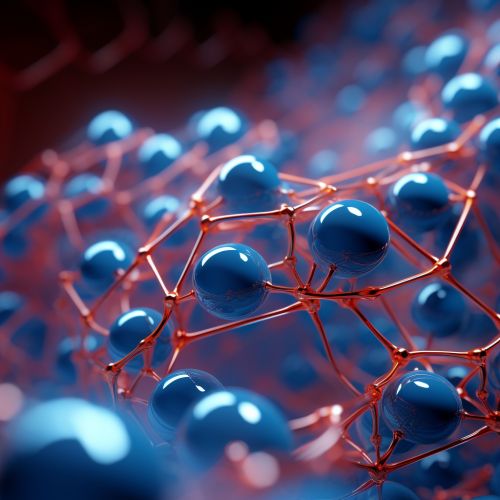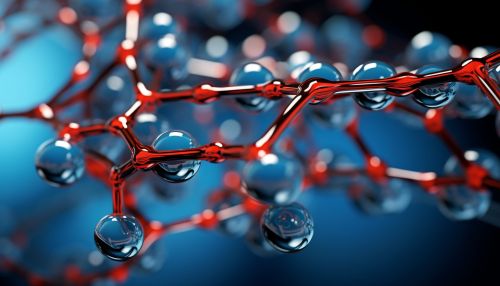Protein subunit
Introduction
A protein subunit is a single protein molecule that assembles with other protein molecules to form a protein complex. Some proteins naturally occur as a single subunit, while others require multiple subunits to function properly.


Structure and Function
Protein subunits are often associated with one another through non-covalent interactions, although there can be exceptions where subunits are linked by covalent bonds. The specific nature of the interactions between subunits can vary widely and is largely determined by the structure of the protein.
Types of Protein Subunits
There are several types of protein subunits, including monomeric proteins and oligomeric proteins. Monomeric proteins consist of a single polypeptide chain, while oligomeric proteins consist of two or more polypeptides.
Monomeric Proteins
Monomeric proteins are composed of a single polypeptide chain. This type of protein is often involved in enzymatic activity, where the protein acts as a catalyst to speed up a specific chemical reaction.
Oligomeric Proteins
Oligomeric proteins are composed of two or more polypeptides, which are often identical. These proteins can have a variety of functions, including structural roles in the cell, enzymatic activity, and involvement in cell signaling pathways.
Protein Complexes
A protein complex is a group of two or more associated polypeptide chains that function as part of the same macromolecular complex. The subunits of a protein complex may be identical, heterogeneous, or even include non-protein components.
Protein Subunit Interactions
Protein subunits interact with each other through a variety of mechanisms, including hydrogen bonding, Van der Waals forces, and ionic bonding. These interactions are critical for the stability and function of the protein complex.
Role in Disease
Mutations that affect the assembly of protein subunits can lead to a variety of diseases, including cystic fibrosis, sickle cell disease, and some forms of cancer.
